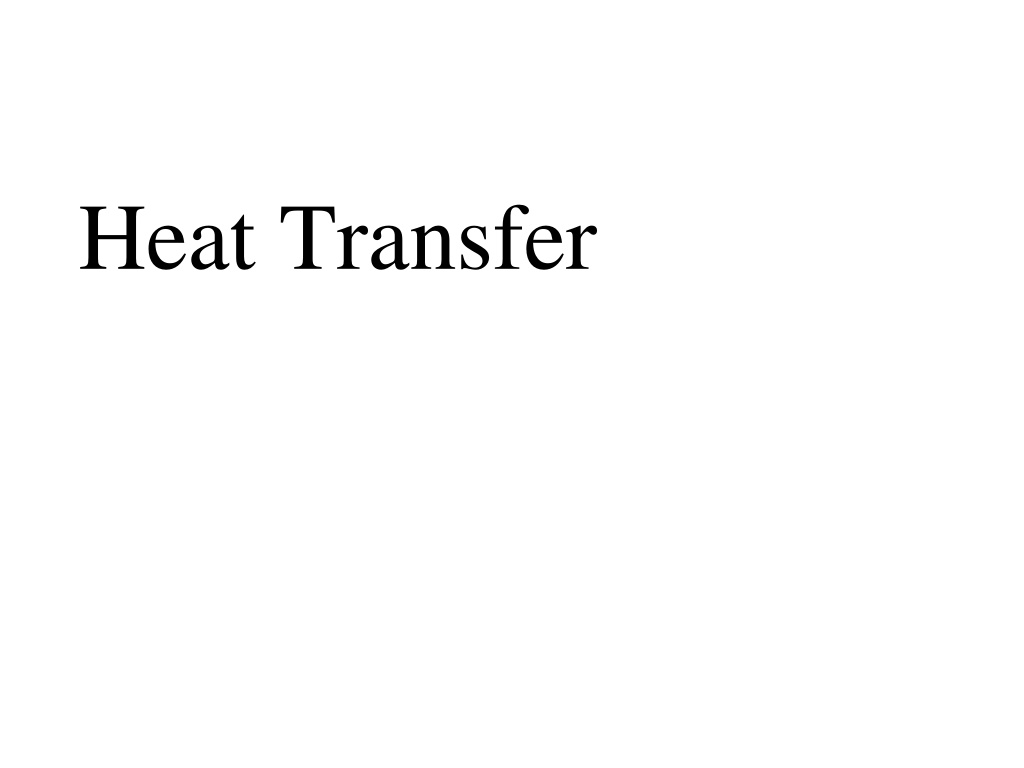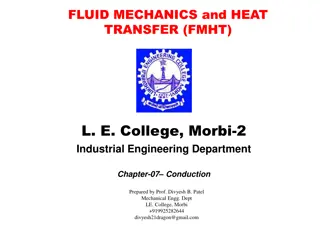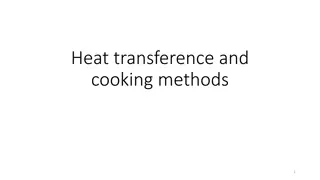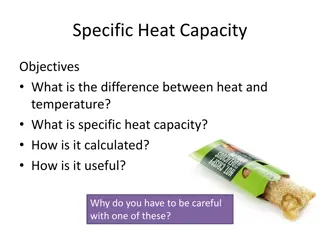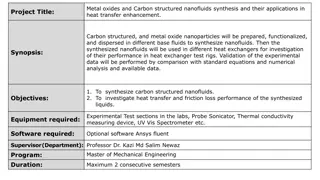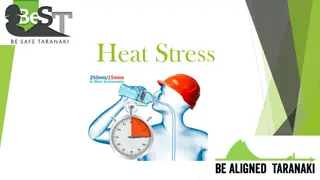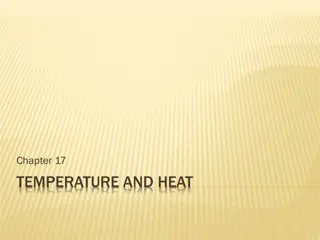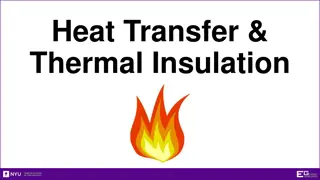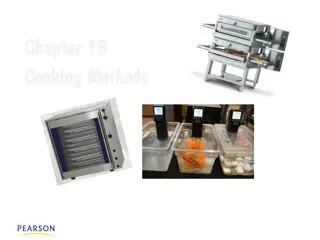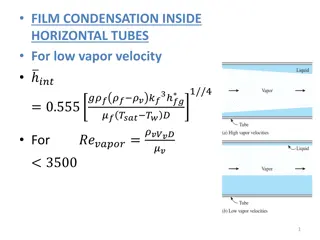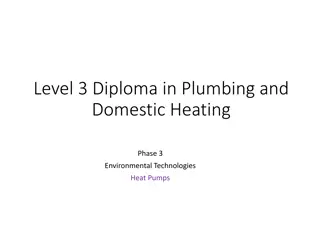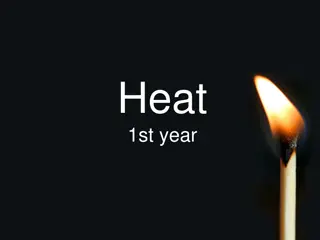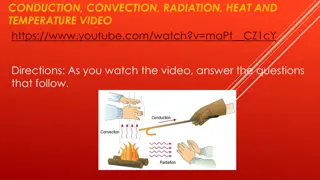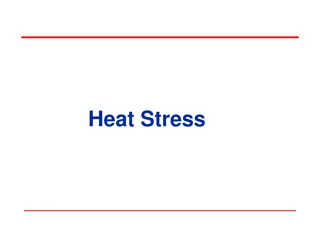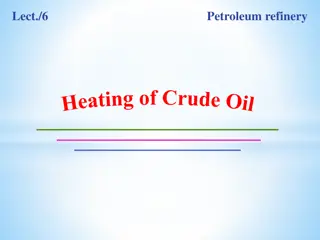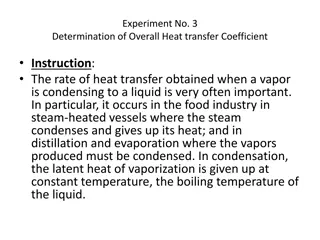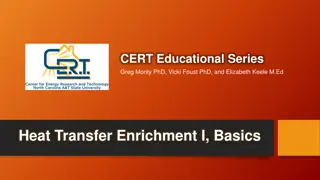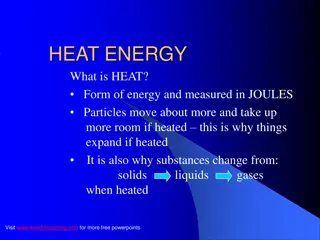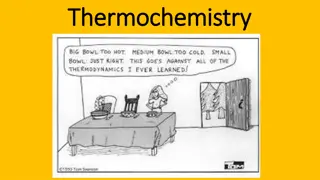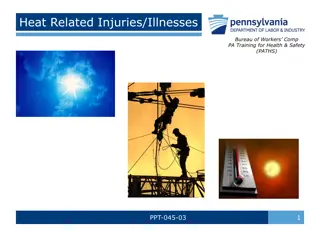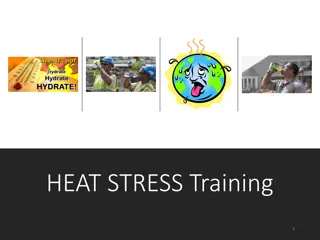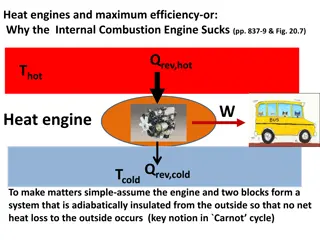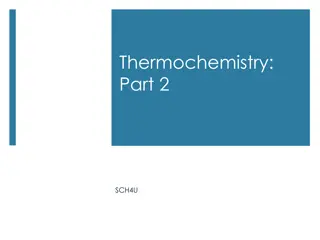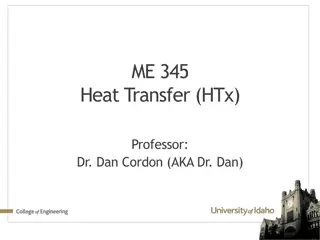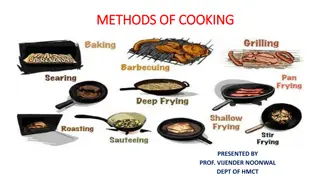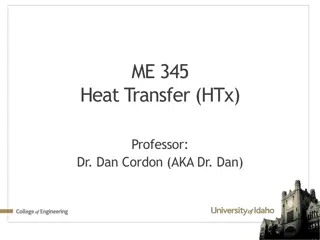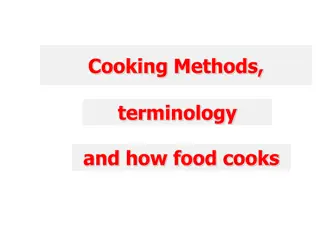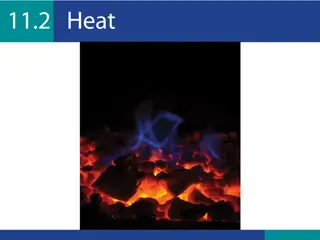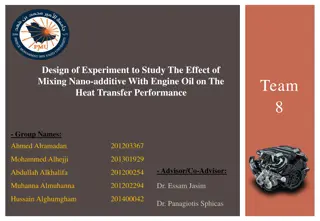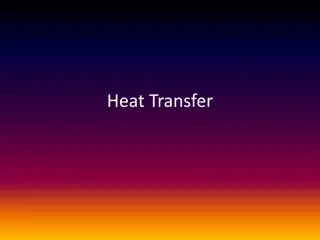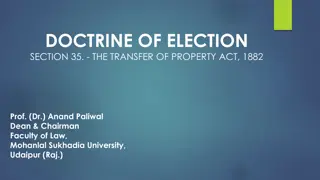Understanding Heat Transfer: Methods and Effects Explained
Heat transfer is the process of thermal energy moving from a warmer object to a cooler one. This article explains the principles of heat transfer, including conduction, convection, and radiation. It also discusses how different materials conduct heat differently and why metals feel colder than wood at the same temperature. Understanding these concepts helps explain why a cup of coffee cools and a popsicle melts in a room over time.
Download Presentation

Please find below an Image/Link to download the presentation.
The content on the website is provided AS IS for your information and personal use only. It may not be sold, licensed, or shared on other websites without obtaining consent from the author. Download presentation by click this link. If you encounter any issues during the download, it is possible that the publisher has removed the file from their server.
E N D
Presentation Transcript
Heat Transfer Heat always moves from a warmer place to a cooler place. Hot objects in a cooler room will cool to room temperature. Cold objects in a warmer room will heat up to room temperature.
Question If a cup of coffee and a red popsickle were left on the table in this room what would happen to them? Why? The cup of coffee will cool until it reaches room temperature. The popsickle will melt and then the liquid will warm to room temperature.
Heat Transfer Methods Heat transfers in three ways: Conduction Convection Radiation
Conduction When you heat a metal strip at one end, the heat travels to the other end. As you heat the metal, the particles vibrate, these vibrations make the adjacent particles vibrate, and so on and so on, the vibrations are passed along the metal and so is the heat. We call this? Conduction
Metals are different The outer e______ of metal atoms drift, and are free to move. lectrons When the metal is heated, this sea of electrons gain k_____ energy and transfer it throughout the metal. inetic Insulators, such as w___ and p____, do not have this sea of electrons which is why they do not conduct heat as well as metals. ood lastic
Why does metal feel colder than wood, if they are both at the same temperature? Metal is a conductor, wood is an insulator. Metal conducts the heat away from your hands. Wood does not conduct the heat away from your hands as well as the metal, so the wood feels warmer than the metal.
Convection What happens to the particles in a liquid or a gas when you heat them? The particles spread out and become less dense. This effects fluid movement. What is a fluid? A liquid or gas.
Fluid movement Cooler, more d____, fluids sink through w_____, less dense fluids. ense armer In effect, warmer liquids and gases r___ up. ise Cooler liquids and gases s___. ink
Water movement Cools at the surface Convection current Hot water rises Cooler water sinks
Cold air sinks Where is the freezer compartment put in a fridge? Freezer compartment It is warmer at the bottom, so this warmer air rises and a convection current is set up. It is put at the top, because cool air sinks, so it cools the food on the way down.
The third method of heat transfer How does heat energy get from the Sun to the Earth? There are no particles between the Sun and the Earth so it CANNOT travel by conduction or by convection. RADIATION ? earthwithtilt
Radiation Radiation travels in straight lines True/False Radiation can travel through a vacuum True/False Radiation requires particles to travel True/False Radiation travels at the speed of light True/False
Emission experiment Four containers were filled with warm water. Which container would have the warmest water after ten minutes? Dull metal Shiny black Shiny metal Dull black shiny metal The __________ container would be the warmest after ten minutes because its shiny surface reflects heat _______ back into the container so less is lost. The ________ container would be the coolest because it is the best at _______ heat radiation. radiation dull black emitting
